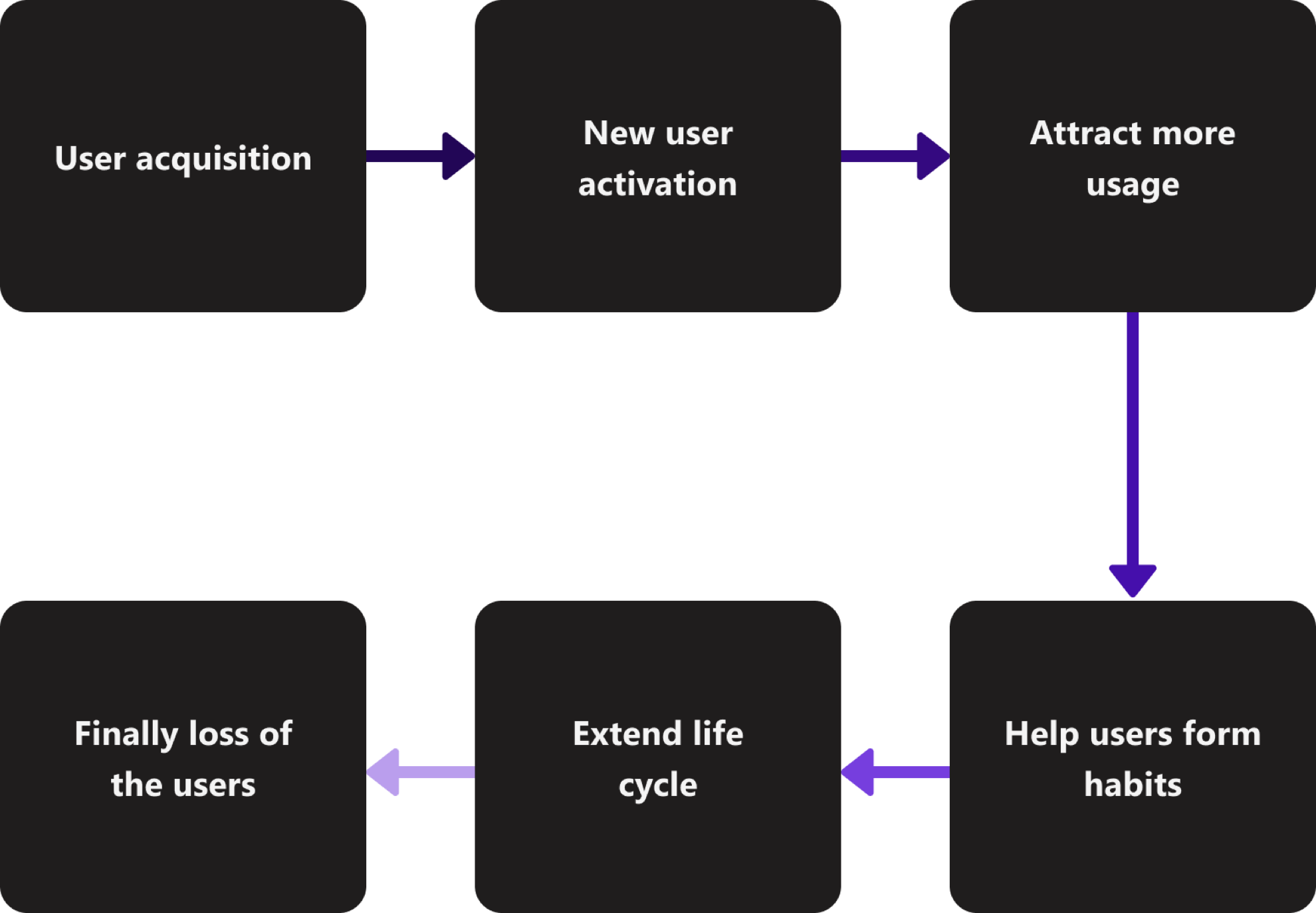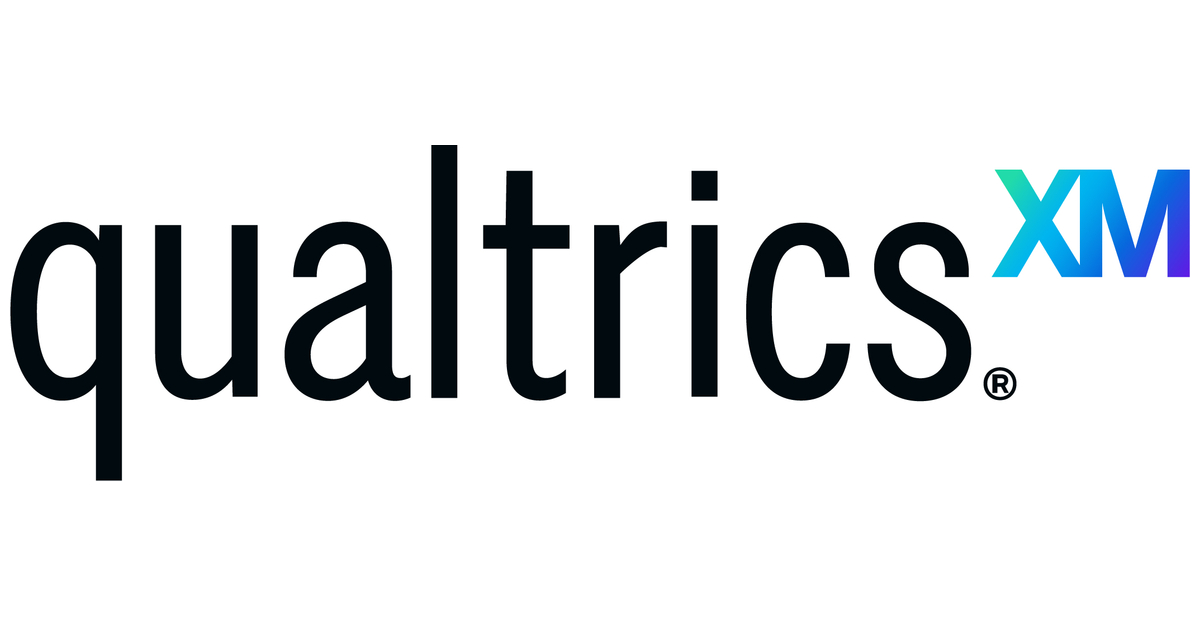¶ User Retention
¶ What it is
Users who start to use the product within a certain period and continue to use it are considered retained users. The proportion of these users compared to all new users in that cohort is the retention rate which will be calculated every 1 unit of time (such as day, week, and month). In retention, we focus on ensuring users return to the product and keep using it instead of abandoning our service and churning.
¶ Why it is useful
Retaining users to keep using the product guarantees the product's income. At the same time, the analysis of user retention rate also helps the product teams understand the market and user needs as it reflects the quality of products and the ability to retain users.
¶ When to use it
The product team and the operations teams should always think about how to retain users besides attracting new users. Therefore, early in the product development phase, before go-to-market, you should start this topic and make sure you are designing and developing a product that the users need.
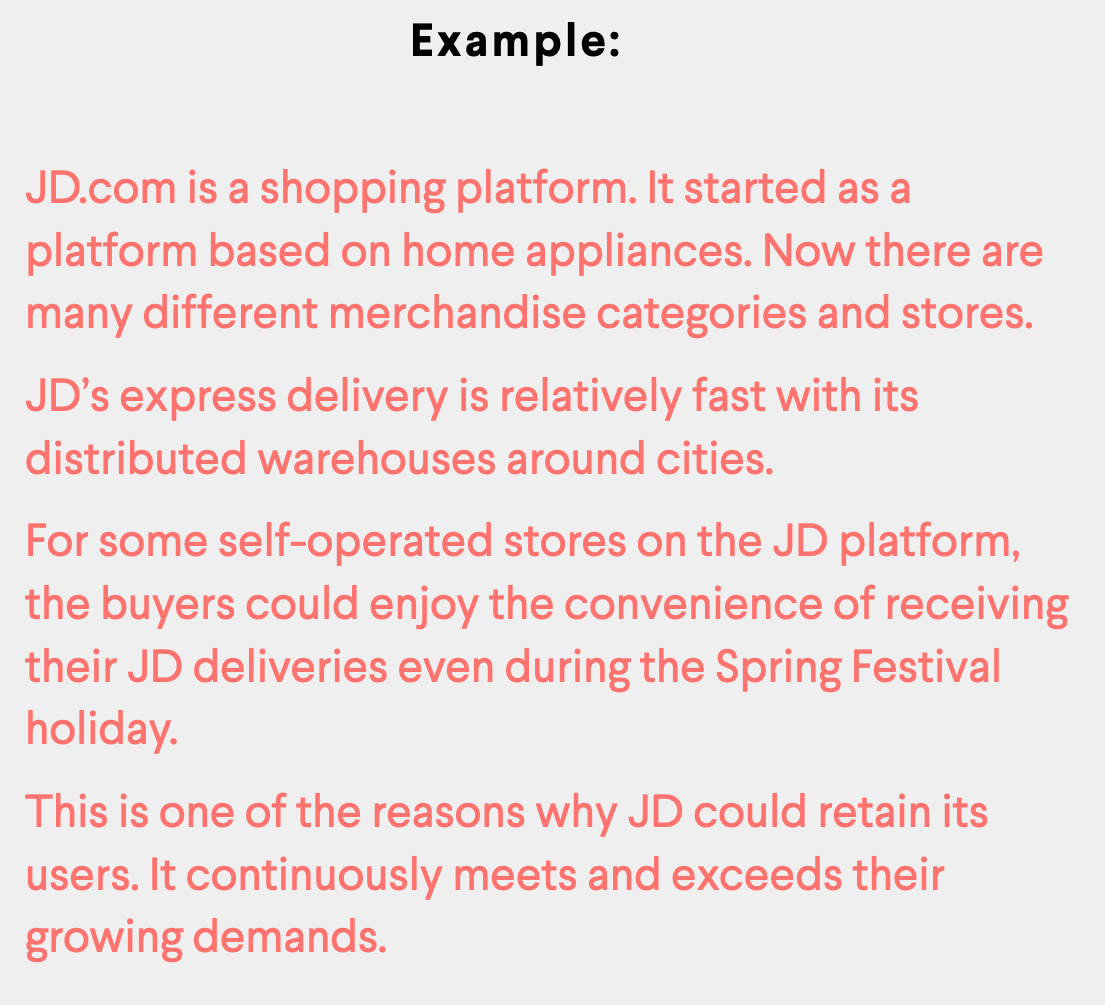
¶ How is it done
- For user acquisition, you can improve user retention by accurately capturing the right customers instead of indiscriminately getting all possible users on board.
- With the activation of new users, you can improve the loss curve by increasing the activation rate through mechanisms that show value quickly.
- When guiding users to more product usage and helping them form use habits, the HOOK model (following) is always an excellent choice to achieve the goal.
-
When aiming at extending the life cycle, the following
could help:
- strengthening incentives
- expanding scenarios/services
- reactivating former users
¶ Do's & Don't
Do's
- Look at retention rates at every step of the product and customer lifecycle. Find the weakest points.
- Link retention initiatives to actual customer value. Improve perceived value to customers to retain them.
Don't
- Please don’t focus on hacking customers’ psychology to retain them. It is a bad long-term investment. Focus on creating value.
¶ GenAI Tool Use Case
¶ User Churn Prediction
Users can utilize Qualtrics' Predict iQ feature to forecast the likelihood of a respondent churning based on their survey responses, enabling early intervention with at-risk user segments. Predict iQ employs neural networks and regression analysis to construct and select the most suitable model for the dataset.
Key Steps Tutorial:
- Set up a churn variable
- Get into the survey you want to predict churn and go to “Survey Flow” page
- Click “Add a new item here” > select “Embedded data” > create a new field and name it(e.g. “Churn”) > “Apply”
- Add a new column for customer churn in the historical data indicate it with a yes or no, and import this data into the survey
- Create a churn prediction model
- Click “Data & Analytics” on the survey page > click “Predict iQ” > “Create Churn Prediction Model”
- Select the churn variable you created in the previous step as the target variable
- Select the value that indicates the user churned
- Select variables that need to be included/excluded from the current model > Click “Create”
- All variables not excluded from the analysis are ranked in order of their importance in predicting churn and presented in the “Prediction Drivers” section.
- Click “Configure threshold” to set a threshold for when a customer should be labelled as “Yes”(likely to churn).
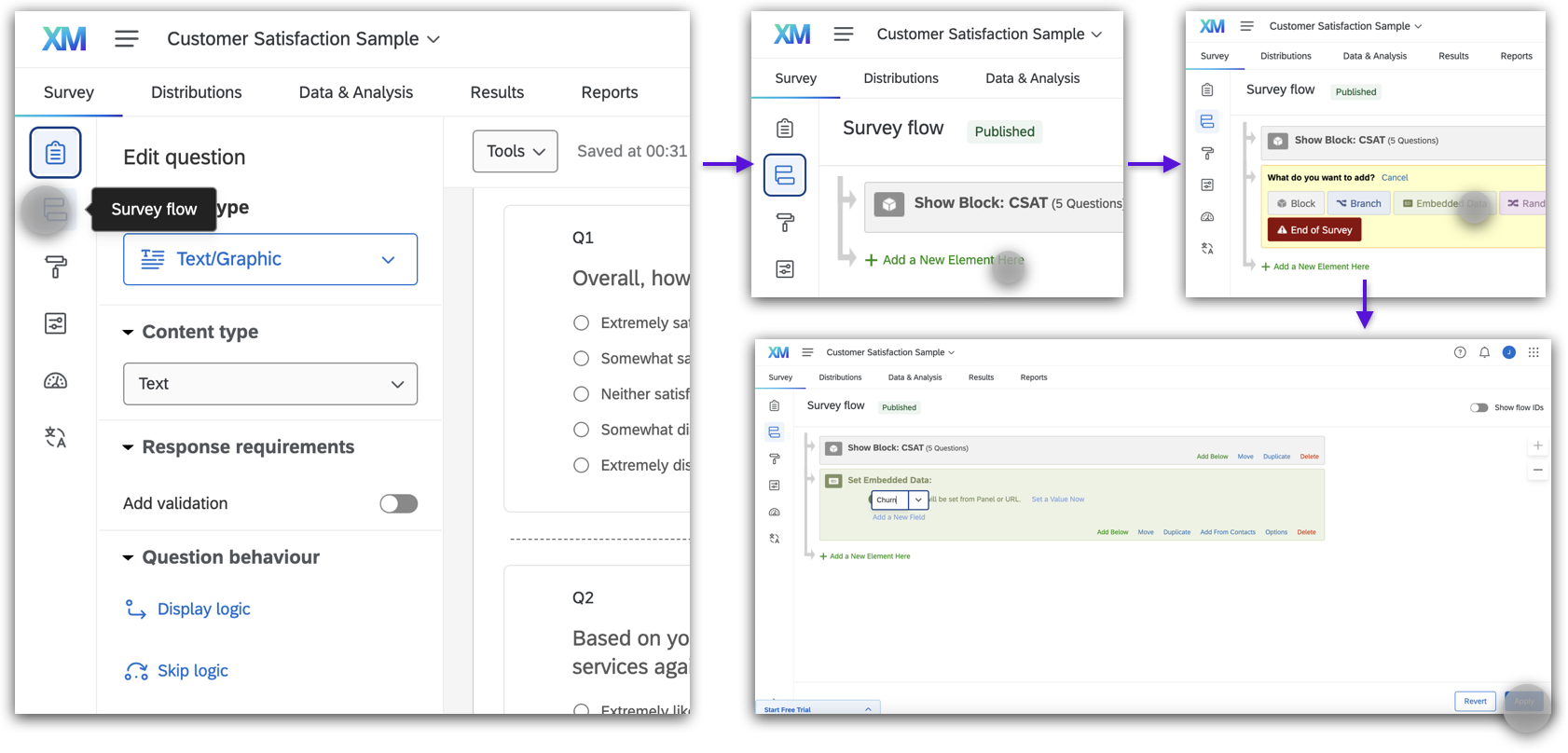
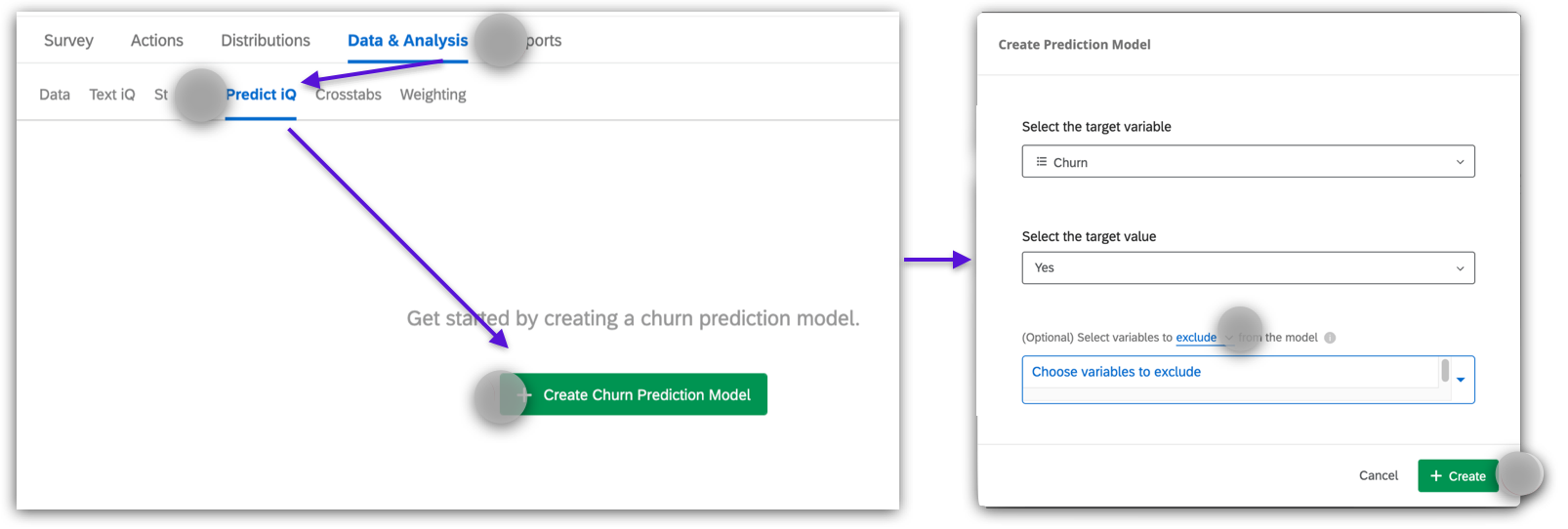
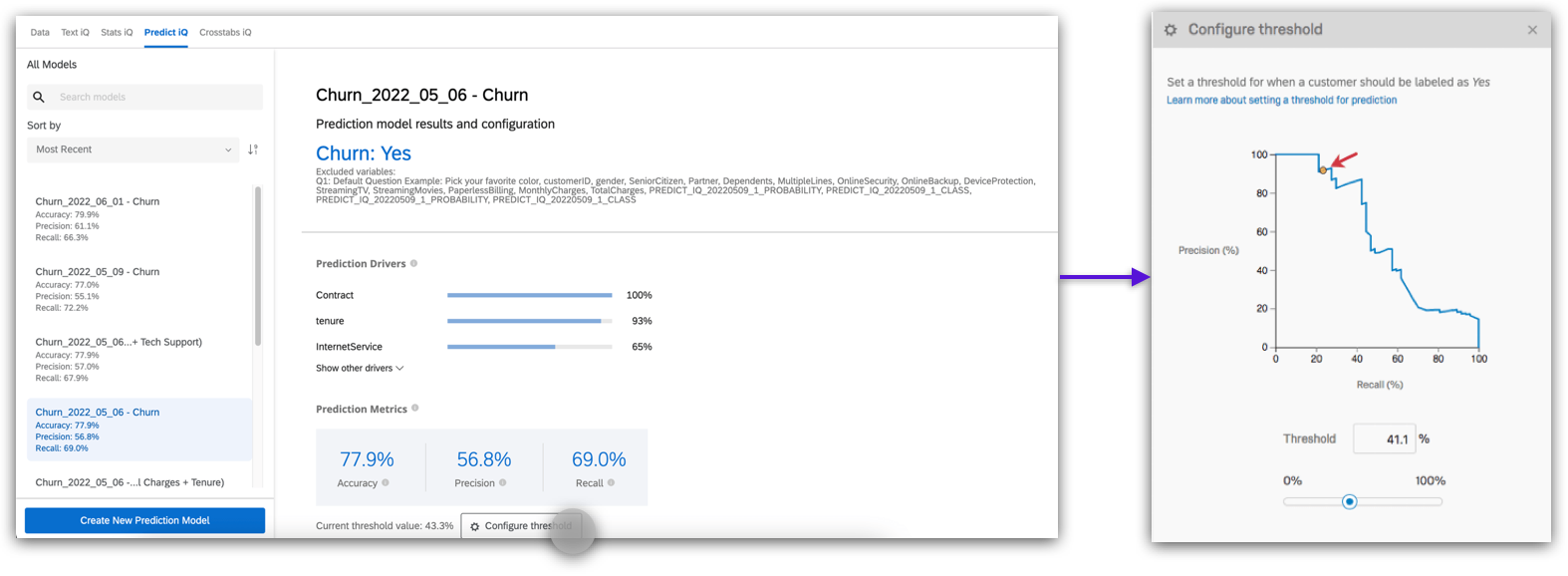
¶ Useful Tips
¶ Hook Model - How to Build Habit-Forming Products
Nir Eyal and Ryan Hoover put forward the Hook Model. It is mainly about how to keep users with products for the long term. It is four-phase logic that enables users to form use habits, including four elements: Trigger, Action, Reward, and Investment.
Trigger
How to guide users to take action. It is divided into internal triggers and external triggers. Internal motivation is dominated by user emotions, habits, and use scenarios, while prompts, emails, authoritative recommendations, etc., dominate the external trigger.
Action
Drive the user's behaviour. It is essential to meet users' psychological expectations.
Reward
Provide various potential rewards to keep users interested. It can be divided into three categories: social reward, prey reward, and self-reward.
Investment
The user's investment in the product. Users who invest time and energy in a product or service are virtually raising the threshold of user loss.
You can apply the Hook model to your product by mapping the mechanisms you have working in each of the four phases, diagnosing their effectiveness with analytics data, and getting to work on strengthing the phase where you currently perform the weakest.
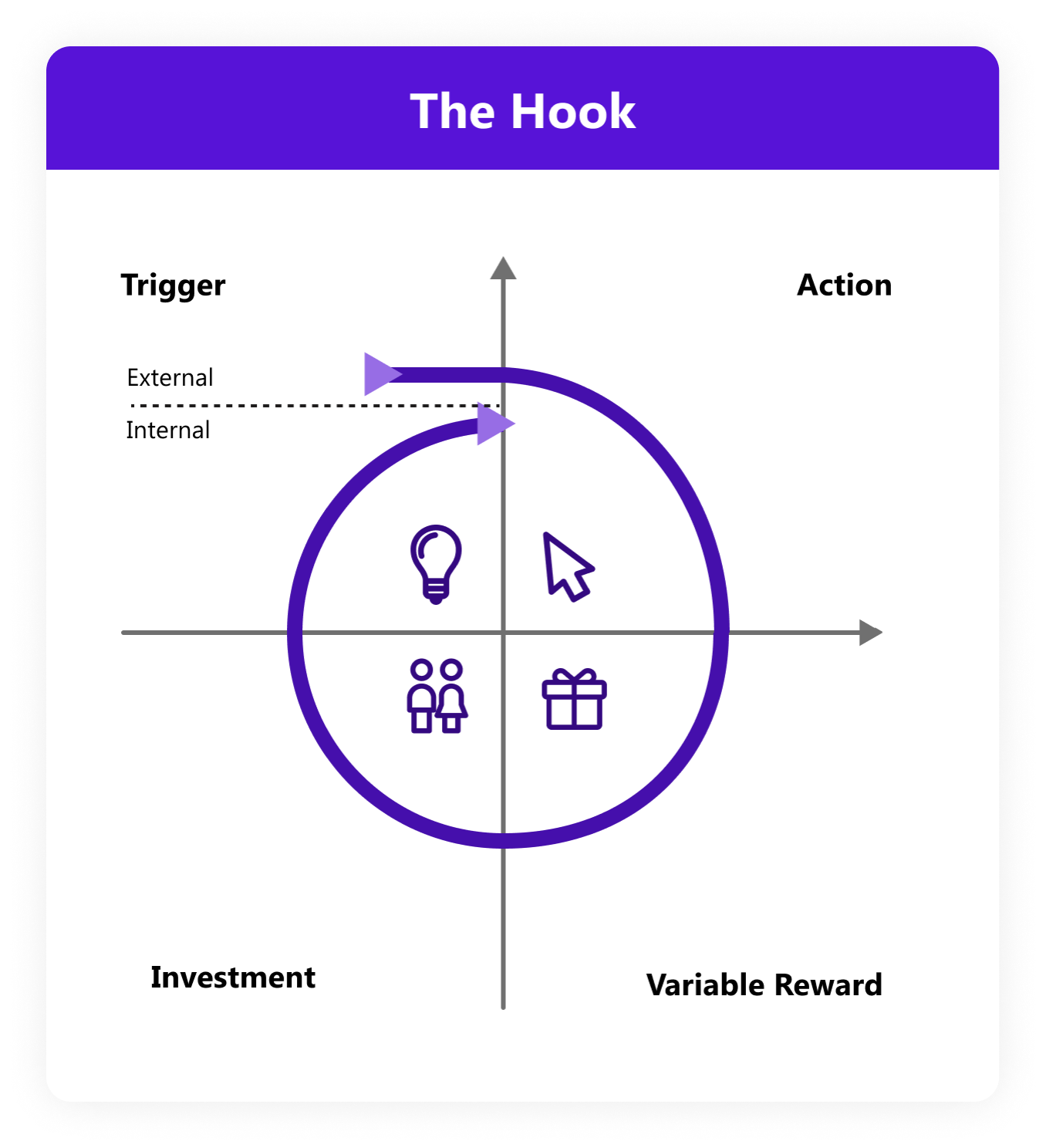
¶ Example
